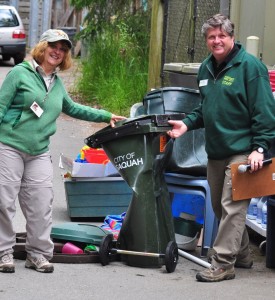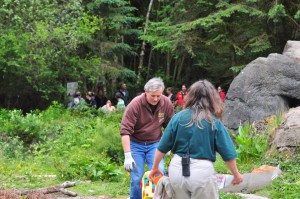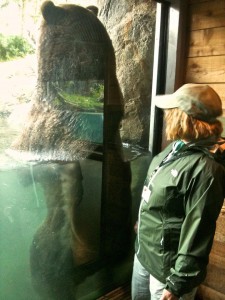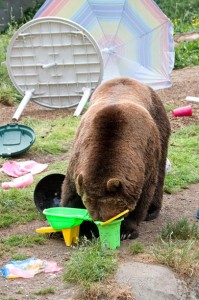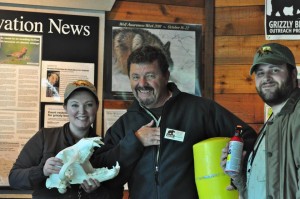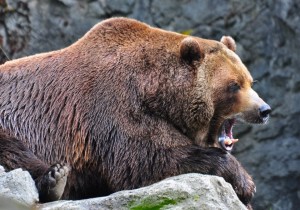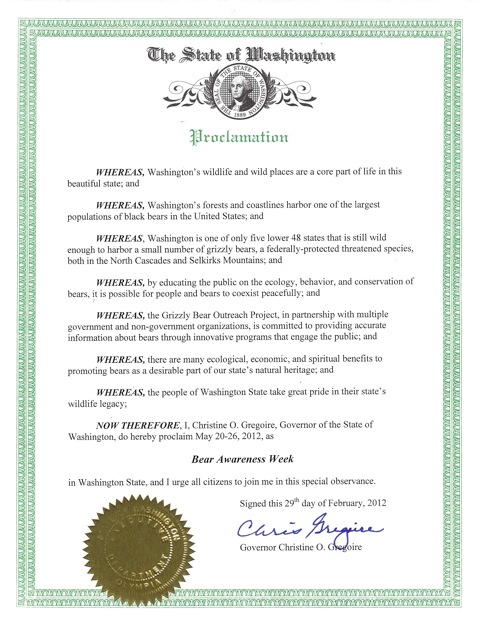If you missed the first opportunity, here’s your chance! And here is what our founder, Chris Morgan, had to say on the PBS website about his experience of making this film with filmmaker Joe Pontecorvo. To see a preview, go to http://www.pbs.org/wnet/nature/episodes/bears-of-the-last-frontier/introduction/6524/
It’s finally here — time for us to share our incredible Alaskan adventure with the world through Bears of the Last Frontier. It has been quite the journey. The film has been nearly two years in the making, and for both of us it has become an unforgettable part of our lives. Over the course of a year and a half we traveled well over 3000 miles across Alaska and shot 500 hours of footage for this epic three-hour PBS Nature series. We spent many, many months in bear country – piecing together the lives of these fascinating animals by observing and filming them, and by living in bear country, among the animals and people that share bear habitat.
When Joe and I met nearly ten years ago (coincidentally in Alaska) our minds reeled with the possibilities for collaboration. A filmmaker and an ecologist, and a combined dream to have a huge impact for wildlife conservation through the magic of film. The opportunity to work with PBS Nature has been a dream, and has resulted in three beautiful episodes we hope you’ll love.
We’ve both worked all over the world for the last twenty plus years — Joe as an award-winning wildlife filmmaker, and me as a conservation ecologist. Joe has created dazzling films on an array of epic subjects — from tigers to Asian elephants, and my work has focused on wildlife research and environmental education — mostly about the bears of the world. I’ve also guided hundreds of people on expeditions to see polar bears and grizzly bears. We’ve both witnessed the powerful emotions that these animals can trigger in people, which is why they make such great representatives for conservation, and such great characters in film!
Alaska harbors all three of North America’s bear species, from three hundred pound black bears to polar and brown bears weighing well over half a ton. It is home to the highest mountain on the continent, vast glaciers, immense forests, and a level of isolation that can be found nowhere else in the United States.
And it’s big. This northernmost state is the same size as the next three largest states combined (California, Texas and Montana).
Alaska’s wilderness allowed us to step back in time on a journey that took us through five major ecosystems and the habitats of its three bear species. It was also a journey that put us to the test as we hiked, camped and lived among the biggest bears in the world, chased black bears through the streets of Anchorage, followed grizzlies on the prowl for immense caribou herds, and searched for polar bears miles out on the pack ice. In every one of these locations bears have adapted impressively to their surroundings.
We’re hoping that, as you wander through this website and sink yourself into the series, you will feel immersed in the world of the bear. It is a truly wondrous place.
We also hope that you might be inspired to learn more. Bears represent wildness more than any other species, but we cannot take that wildness for granted — it will take determination, passion, and imagination to ensure that future generations can enjoy a world that includes bear habitat.
Be sure to check out the wonderful organizations listed under resources for ways to learn more. We’re all in this together. And remember — what’s good for bears, is good for people!
We’re so glad you’re along for the adventure!
Chris Morgan, Ecologist

